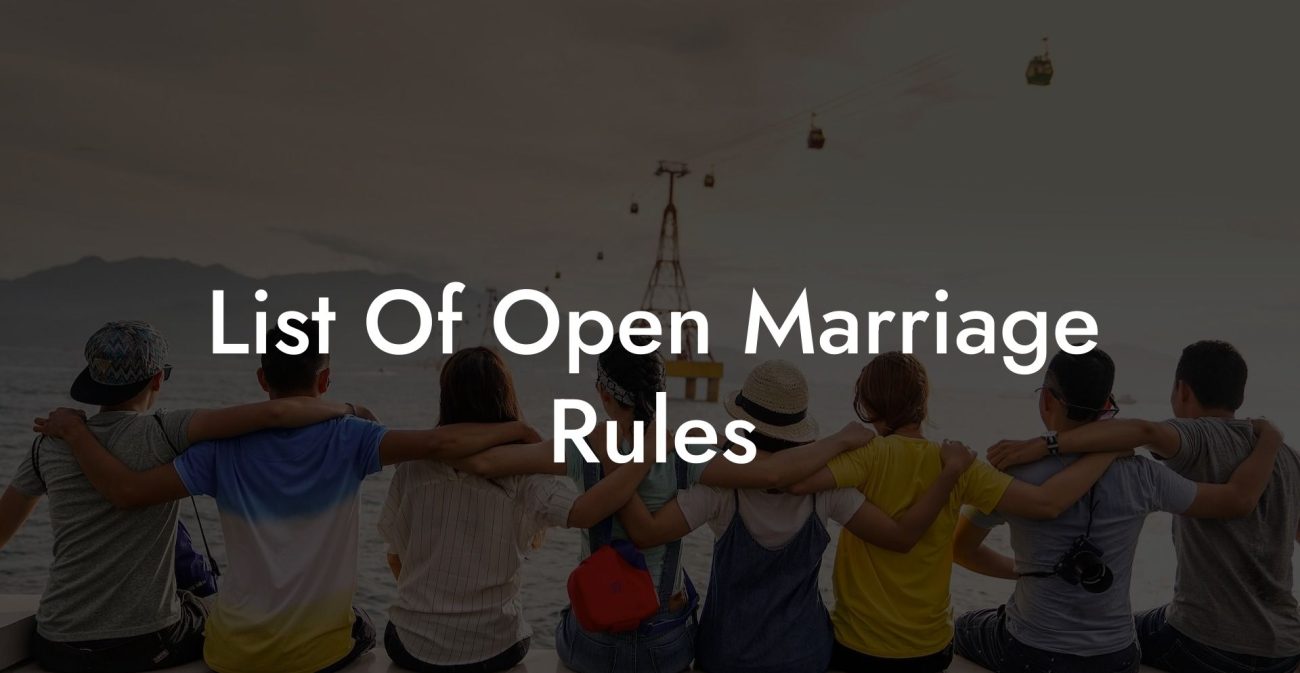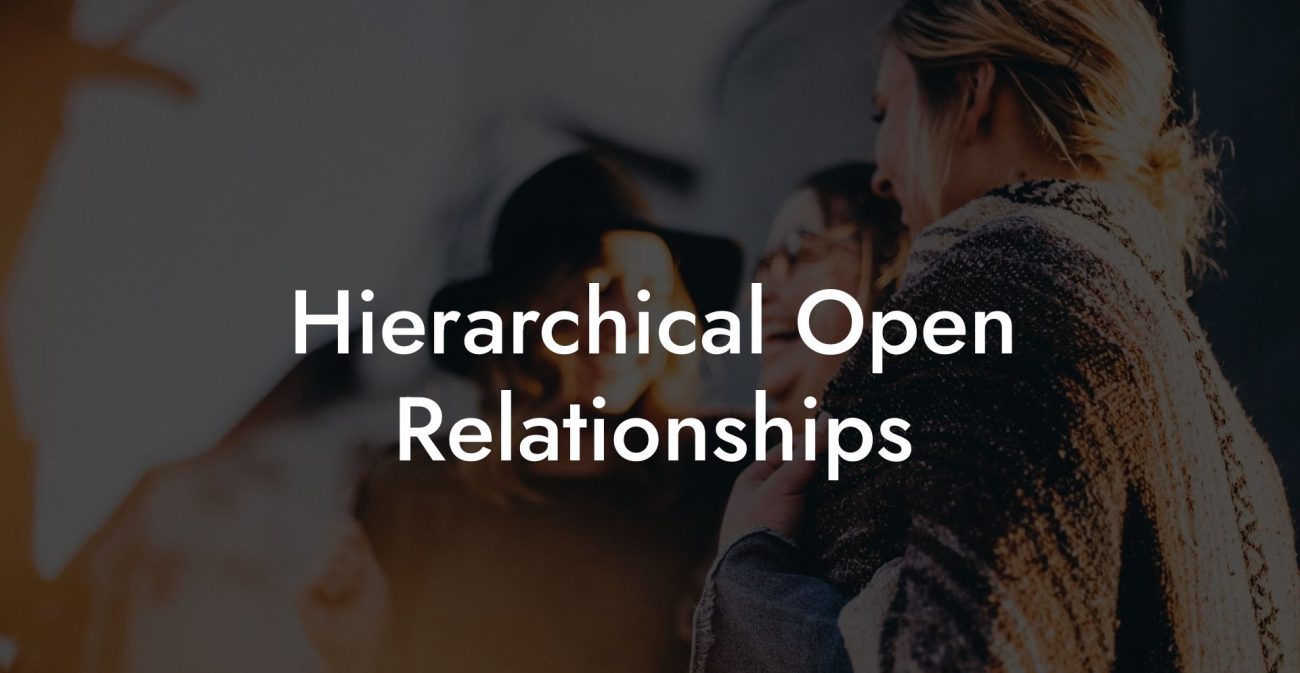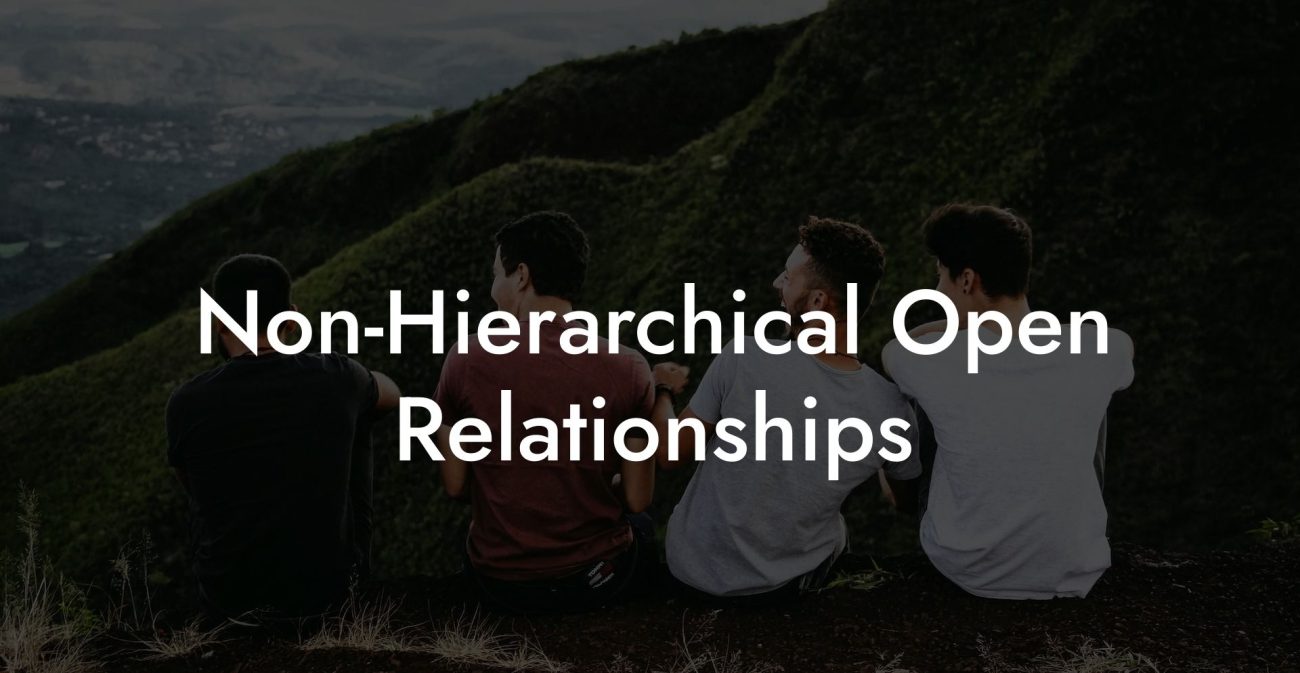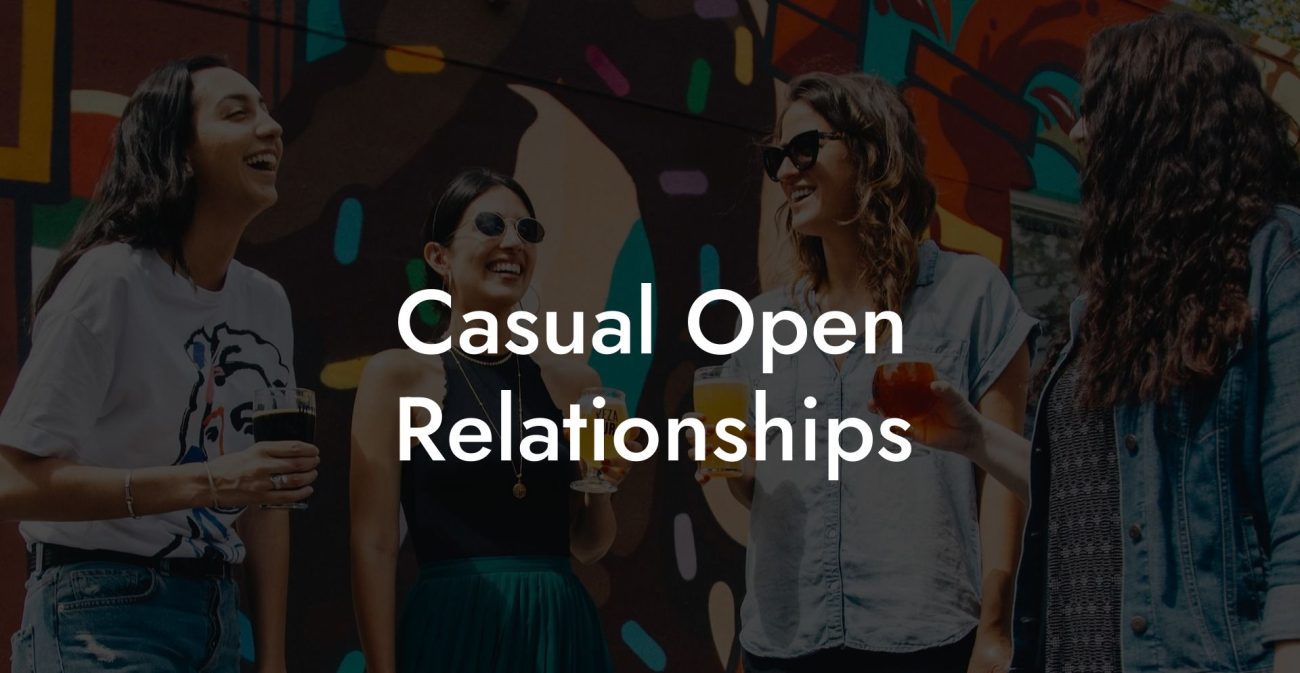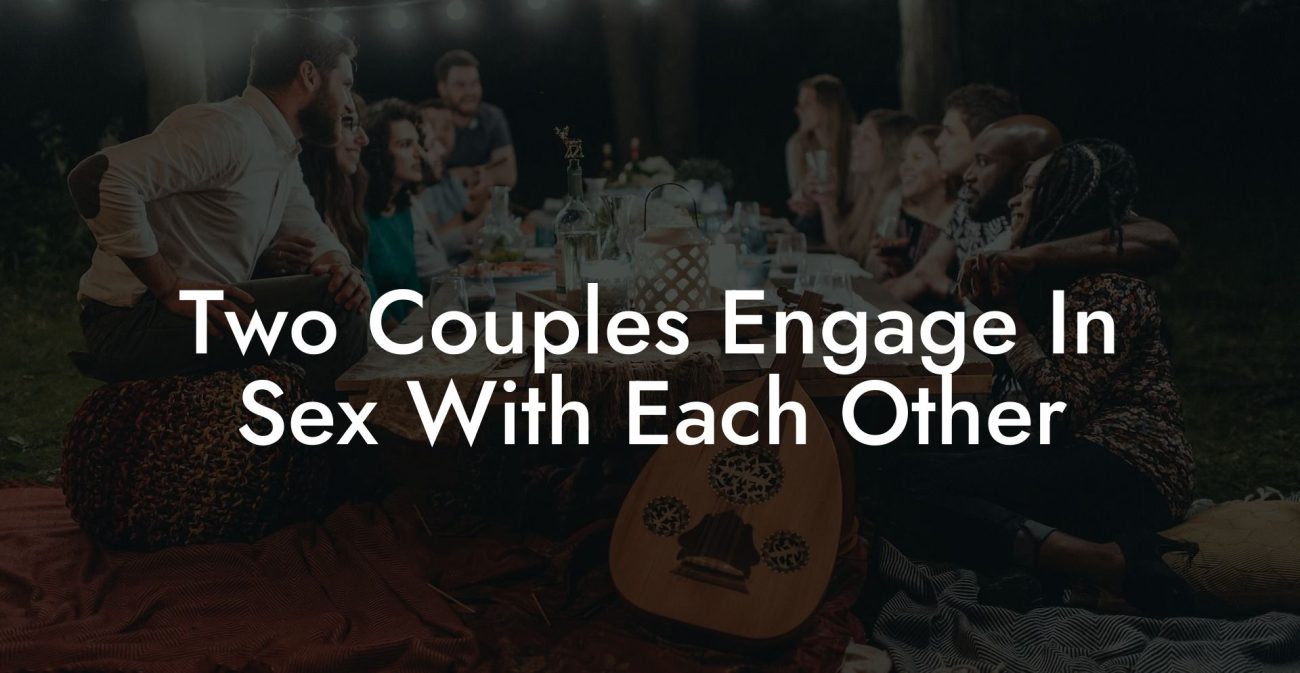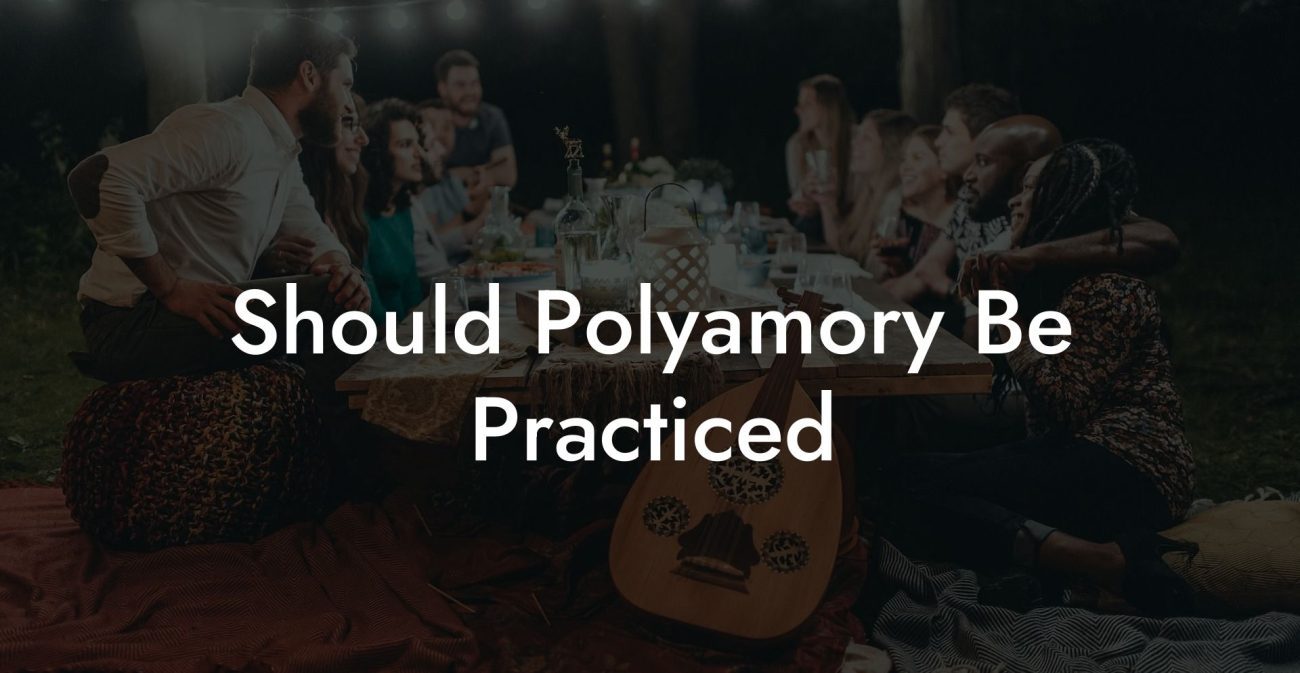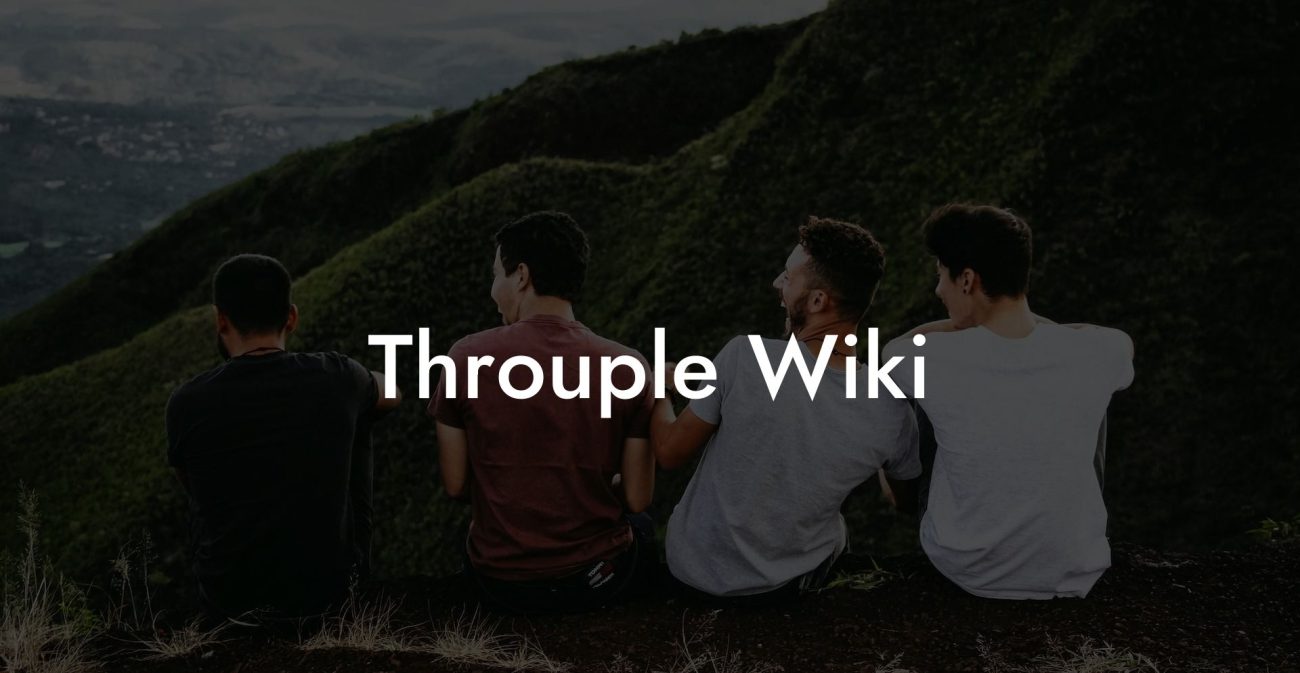Open Relationship vs Dating: Key Differences
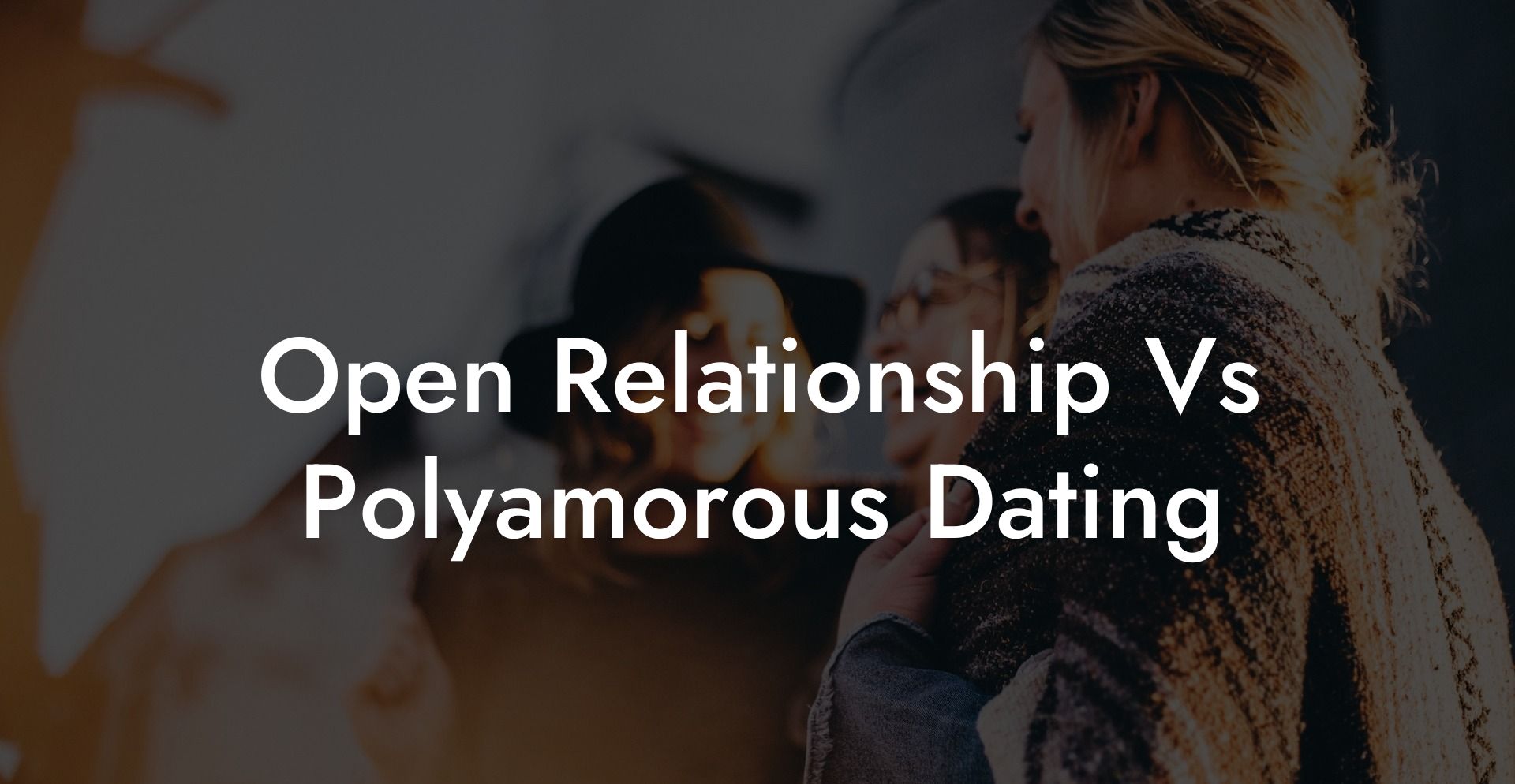
Open relationships and dating represent two distinct ways of forming connections, each with its own philosophy, structure, and expectations. This guide delves into the key differences between these two models, covering definitions, commitment levels, emotional dynamics, communication styles, and social implications. Whether you are considering an open relationship, actively dating, or simply curious about alternative ways to connect, this resource provides clear insights and practical strategies to help you make informed decisions.
Quick Links to Useful Sections
- Understanding Open Relationships
- What Is an Open Relationship?
- Understanding Dating
- What Is Dating?
- Key Differences Between Open Relationships and Dating
- Commitment and Exclusivity
- Structure and Dynamics
- Communication and Negotiation
- Emotional and Psychological Dynamics
- Social and Legal Recognition
- Practical Strategies for Navigating Each Model
- For Open Relationships
- For Dating
- FAQ: Your Open Relationship vs Dating Questions Answered
Understanding Open Relationships
What Is an Open Relationship?
An open relationship is a consensual non-monogamous arrangement in which a couple agrees to engage in romantic or sexual relationships with people outside their primary partnership. The core of an open relationship is built on mutual consent, transparent communication, and clearly negotiated boundaries. Partners in open relationships maintain a primary bond while allowing the freedom to explore additional connections, either for sexual experiences, emotional connections, or both.
Key principles of open relationships include:
- Consent and Transparency: Every participant is fully aware of and agrees to the arrangement.
- Negotiated Boundaries: Couples set clear guidelines regarding what types of interactions are acceptable.
- Flexibility: Open relationships often evolve over time, adapting to each partner’s changing needs and desires.
- Focus on the Primary Bond: While exploring external relationships, the primary partnership remains the core focus.
Understanding Dating
What Is Dating?
Dating generally refers to the process of getting to know someone with the intention of forming a romantic or sexual connection. It is often characterized by one-on-one interactions, where individuals explore compatibility, interests, and values. Unlike open relationships, dating can be casual or serious, and it may or may not lead to an exclusive, long-term commitment.
Common aspects of dating include:
- Exploration: Dating is often a phase of discovery, where individuals learn about each other’s personalities, interests, and compatibility.
- Flexibility: Relationships during the dating phase can be casual, semi-committed, or move towards exclusivity.
- Personal Connection: The focus is on establishing a connection that might develop into a deeper, exclusive bond over time.
- Social Interaction: Dating is influenced by social norms and expectations, often governed by the cultural understanding of romance and courtship.
Key Differences Between Open Relationships and Dating
Commitment and Exclusivity
Open Relationships: In open relationships, partners are committed to maintaining a primary relationship while also allowing for additional consensual interactions with others. The commitment is focused on a core bond, but with the understanding that emotional and sexual connections can extend beyond it.
Dating: Dating typically involves a process of exploration that may lead to an exclusive, monogamous relationship. In the early stages of dating, exclusivity might not be assumed, but as the relationship progresses, many individuals choose to become monogamous.
Structure and Dynamics
Open Relationships: These relationships require clear communication and established boundaries to manage multiple connections. They are often structured with a primary couple at the center and additional relationships that are negotiated and maintained alongside the core partnership.
Dating: Dating is generally less structured and more fluid. It is a stage where individuals evaluate compatibility and chemistry without the immediate need to establish a network of relationships. The dynamic tends to be more focused on one-on-one interaction.
Communication and Negotiation
Open Relationships: Because open relationships involve multiple partners, constant communication is essential to navigate boundaries, share expectations, and manage any potential conflicts. This model demands a high level of transparency and negotiation among all parties.
Dating: While communication is also critical in dating, the focus is primarily on getting to know one person. Discussions in dating often revolve around personal interests, values, and compatibility, rather than the logistics of managing multiple intimate connections.
Emotional and Psychological Dynamics
Open Relationships: Participants in open relationships must be adept at handling complex emotions such as jealousy and insecurity. The diversity of emotional connections can enrich personal growth but also requires advanced emotional intelligence.
Dating: In dating, emotional dynamics are generally centered on forming a singular connection. The process of dating allows individuals to explore emotional compatibility gradually, which can eventually lead to a more exclusive and deep bond.
Social and Legal Recognition
Open Relationships: Open relationships are typically not formalized through legal marriage, meaning that while they are based on mutual consent, they do not receive the same legal protections as monogamous marriages. Social acceptance of open relationships is growing, but they still may face misunderstandings or stigma from those who favor traditional models.
Dating: Dating itself is not a legally defined status; however, it often serves as a precursor to a legally recognized monogamous marriage. Social norms largely support the dating process as a means of finding a long-term, exclusive partner.
Practical Strategies for Navigating Each Model
For Open Relationships
- Establish Clear Communication: Schedule regular check-ins and use digital tools to maintain open dialogue with all partners.
- Set Boundaries: Clearly define what types of interactions are acceptable and revisit these boundaries periodically.
- Prioritize Self-Care: Maintain your emotional and physical well-being through hobbies, exercise, and mindfulness practices.
- Build a Support Network: Connect with communities that support open relationships to share experiences and gain insights.
For Dating
- Focus on Getting to Know Each Other: Use dating as an opportunity to explore compatibility, interests, and values through one-on-one interactions.
- Communicate Your Expectations: Discuss your relationship goals and boundaries early on to ensure alignment.
- Stay Open-Minded: Allow the relationship to evolve naturally, whether that means remaining casual or moving toward exclusivity.
- Build a Foundation of trust: Prioritize emotional honesty and transparency as you develop the connection.
FAQ: Your Open Relationship vs Dating Questions Answered
1. What is an open relationship?
An open relationship is a consensual arrangement where a couple agrees that one or both partners may engage in romantic or sexual relationships with others, while maintaining a primary bond.
2. What does dating typically involve?
Dating involves the process of getting to know someone with the potential to form an exclusive, long-term romantic or sexual relationship, usually on a one-on-one basis.
3. How do open relationships and dating differ in terms of commitment?
Open relationships are based on a commitment to a primary relationship while allowing for additional external connections, whereas dating is typically a period of exploration that may lead to an exclusive, monogamous commitment.
4. What are the key communication differences between the two models?
Open relationships require ongoing, multi-directional communication to manage boundaries among multiple partners, while dating focuses primarily on deepening the connection between two individuals.
5. How do the emotional dynamics differ between open relationships and dating?
In open relationships, individuals must manage complex emotions such as jealousy due to multiple connections, whereas dating allows for a singular focus on forming a strong, bilateral bond.
6. Where can I find additional resources on these topics?
Additional resources include books like "The Ethical Slut" and "More Than Two", podcasts such as "Multiamory" and "Polyamory Weekly," and online communities like r/polyamory.
Resources and Community Support: Your Next Steps
- "The Ethical Slut" by Dossie Easton & Janet Hardy – A foundational book that delves into ethical non-monogamy and provides insights into building fulfilling open relationships.
- "More Than Two" by Franklin Veaux & Eve Rickert – A guide offering practical advice on managing relationship dynamics in various non-monogamous contexts.
- Podcasts: Listen to "Multiamory" and "Polyamory Weekly" for engaging discussions and personal stories about open relationships and modern dating.
- Online Communities: Engage with online forums such as r/polyamory to exchange ideas and gather support.
- Workshops and Webinars: Attend events focused on ethical non-monogamy and relationship dynamics to expand your understanding and connect with like-minded individuals.
By exploring these resources and applying the practical strategies outlined in this guide, you can develop a clear, informed understanding of the key differences between open relationships and dating. Embrace continuous learning, open dialogue, and self-reflection as you navigate the diverse landscape of intimacy and commitment.
Lost & confused by all of the terms, types and seemingly made up 3 letter acronyms?? We've got you. Check out our Ethnical Non-Monogamy Dictionary >>
Useful Interruption: Not sure which relationship vibe fits you best? Take our Relationship Test, it’ll give you the real insight into your natural relationship style. Then, dive into our binge-worthy guides (from the tried-and-true to the “wait, that’s a thing?”) and find the perfect relationship type for your life:
- Monogamy
- Open Relationships
- Ethical Non-Monogamy
- Solo Polyamory
- Non-Hierarchical Polyamory
- Hierarchical Polyamory
- Relationship Anarchy
- Swinging
Now back to the main article but yeah take the test...

